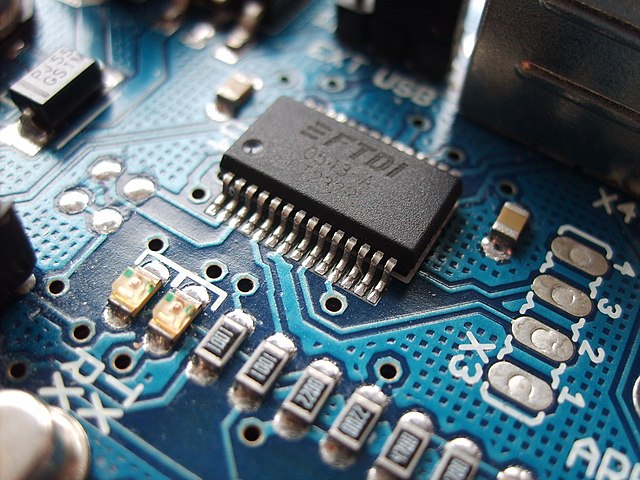In the realm of electrical engineering, the concept of voltage reduction holds significant importance. Voltage reduction is a fundamental process that allows us to control and regulate electrical currents in various applications. One crucial component that plays a pivotal role in achieving voltage reduction is the resistor. In this article, we will delve into the intricate workings of resistors and explore how they contribute to the reduction of voltage in electrical circuits.
- Understanding Resistors:
Resistors are passive electronic components designed to impede the flow of electrical current. They are constructed using materials with high resistivity, such as carbon or metal alloys. By introducing resistance into a circuit, resistors facilitate the control and modulation of voltage levels. - Ohm's Law and Voltage Drop:
To comprehend the relationship between resistors and voltage reduction, we must first grasp Ohm's Law. According to Ohm's Law, the voltage across a resistor is directly proportional to the current passing through it and the resistance value. Mathematically, V = I * R, where V represents voltage, I denotes current, and R signifies resistance. This equation elucidates how resistors contribute to voltage reduction by converting electrical energy into heat. - Series and Parallel Configurations:
Resistors can be connected in series or parallel configurations, each affecting voltage reduction differently. In a series circuit, resistors are connected end-to-end, creating a single path for current flow. The total resistance in a series circuit is the sum of individual resistances, resulting in a larger voltage drop across the circuit. Conversely, in a parallel circuit, resistors are connected side by side, providing multiple paths for current. The total resistance in a parallel circuit is inversely proportional to the sum of the reciprocals of individual resistances, resulting in a smaller voltage drop across the circuit. - Voltage Dividers:
One practical application of resistors in voltage reduction is the voltage divider circuit. A voltage divider consists of two resistors connected in series, with an input voltage applied across them. The output voltage is obtained from the junction between the two resistors. By selecting appropriate resistor values, the output voltage can be precisely controlled, allowing for voltage reduction according to specific requirements. - Power Dissipation and Heat Management:
It is crucial to consider power dissipation and heat management when utilizing resistors for voltage reduction. As resistors impede current flow, they convert electrical energy into heat. Therefore, selecting resistors with appropriate power ratings and implementing proper heat dissipation techniques becomes essential to prevent overheating and ensure the longevity of the components.
Conclusion:
Resistors serve as indispensable components in voltage reduction, enabling precise control and regulation of electrical currents. Through their ability to impede current flow, resistors play a vital role in various applications, from electronic devices to power distribution systems. Understanding the principles behind resistors and their configurations empowers engineers and enthusiasts to design and optimize circuits for efficient voltage reduction. So, the next time you encounter the question, Does resistor reduce voltage? remember the profound impact and versatility of resistors in the world of electrical engineering.

